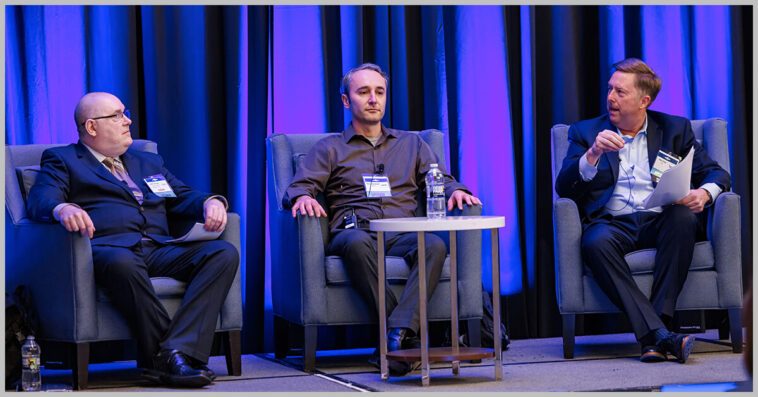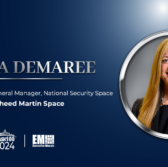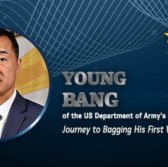With the increasing use of artificial intelligence tools and technologies in federal missions, data security and cybersecurity have become top priorities for leaders. But in today’s global competition era, the U.S. can’t afford to let emerging compliance mandates and the rising threat of cyber attacks slow down the research and development process.
During the Potomac Officers Club’s 10th Annual Defense R&D Summit in January, thought leaders and defense experts weighed our paths forward in a panel discussion centered around unlocking potential for R&D results with AI.

Curious about the future of AI in the government and military? Join the Potomac Officers Club’s 5th Annual AI Summit on March 21 to hear how leaders from the CIA, NGA, DOD, DHS, DARPA and more are harnessing the power of AI. Register here.
“I’ve always joked that IT security is a bit of an oxymoron because IT is all about enabling faster, larger, more collaborative. But security is about constricting,” said Keith Rohwer, director of the Cyber Operations Division of the U.S. Naval Research Laboratory. “As a research lab that is also a military entity, we kind of struggle with that as well. But IT has enabled us to transform how we do, how we think, how we write things, how we collaborate.”
Rohwer shared that industry will undoubtedly lead the way in the investment into AI. But government agencies and military branches need to be able to closely collaborate with industry and leverage their advancements without compromising on the security aspect — a situation officials hope to address through compliance requirements like zero trust and the Cybersecurity Maturity Model Certification known as CMMC.
“We have to figure out either how to bring that model, use that technology that will be developed by industry and bring it into my environment, or find a better way of protecting the data, but allowing it to operate in a near zero trust environment where we have to leverage industry,” explained Rohwer.
Stan Drozdetski, extranet integration lead at MITRE, agreed that organizations need to “balance the innovation and collaboration against the security compliance,” especially when it comes to CMMC.
But even despite increasing compliance mandates and requirements, Drozdetski said industry is moving more quickly than ever and finding ways to make collaboration with the public sector possible.
“There are technical approaches now — you can take your models in-house, you can work with vendors that will follow your security posture. I don’t think we have all the answers yet, but I think we have a lot of the previous experience with previous technologies in how we’re able to incorporate it. It’s going to be done faster now,” he said.





